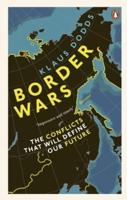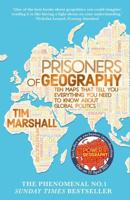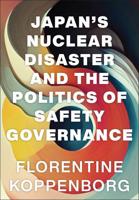Publisher's Synopsis
With the breakup of the Soviet Union and the growing links between the Caucasus, Central and South Asia, and the Middle East, a strategic map of the region is emerging with far-reaching implications for the United States and other major powers. Geoffrey Kemp and Robert Harkavy argue that increasing demand for Persian Gulf and Caspian Basic energy, especially from the booming Asian economies, ensures that the Middle East will remain a global strategic prize and source of continued rivalry. At the same time, radical changes in conventional military technology and the proliferation of weapons of mass destruction, along with the specter of megaterrorism, present ominous future possibilitiesin relation to both warfare scenarios involving the Arab-Israel, Iran-Iraq, and India-Pakistan conflicts and the potential need for U.S. interventions. The authors likewise signal the region's positive potential. The Middle East has the capacity to move toward a more constructive and peaceful future. Intra-regional proposals already exist for joint infrastructure projects, shared oil and gas pipelines, and improved transportation and communication grids linking the region to Europe. These proposals could usher in a new era of prosperity and cooperation. A wealth of information is made very accessible through the use of 36 maps detailing the region's history, geography, energy resources, military conflict zones and basing infrastructure, as well as roads and rail and water routes.












